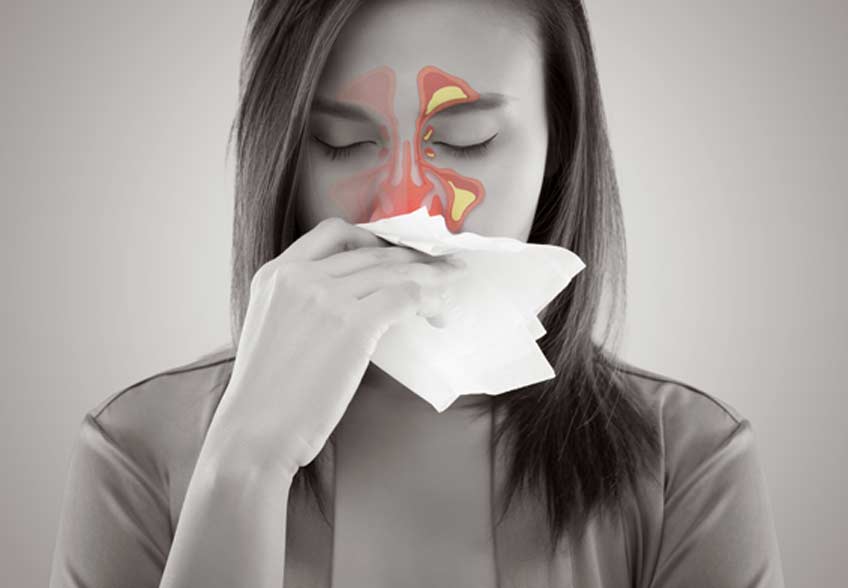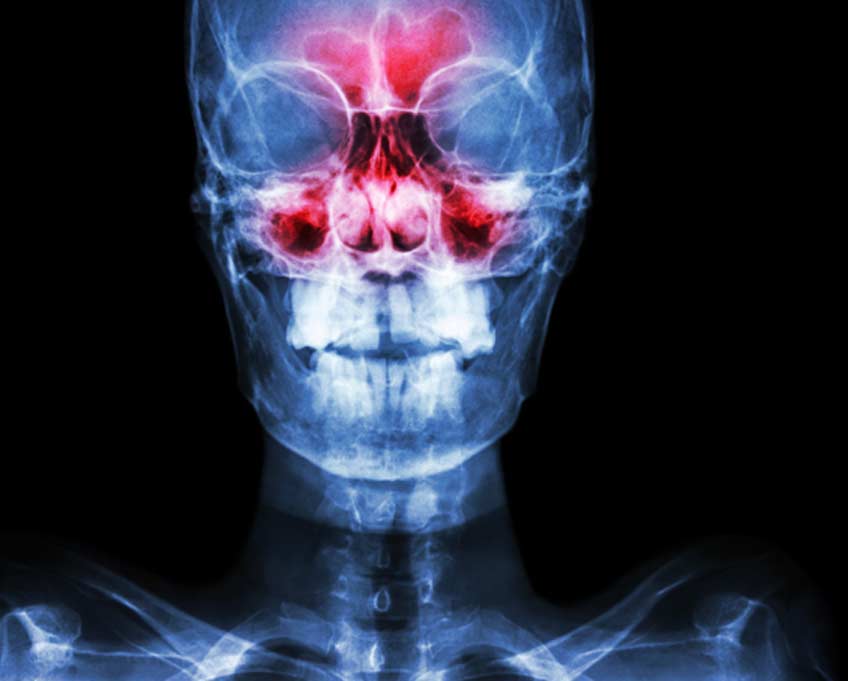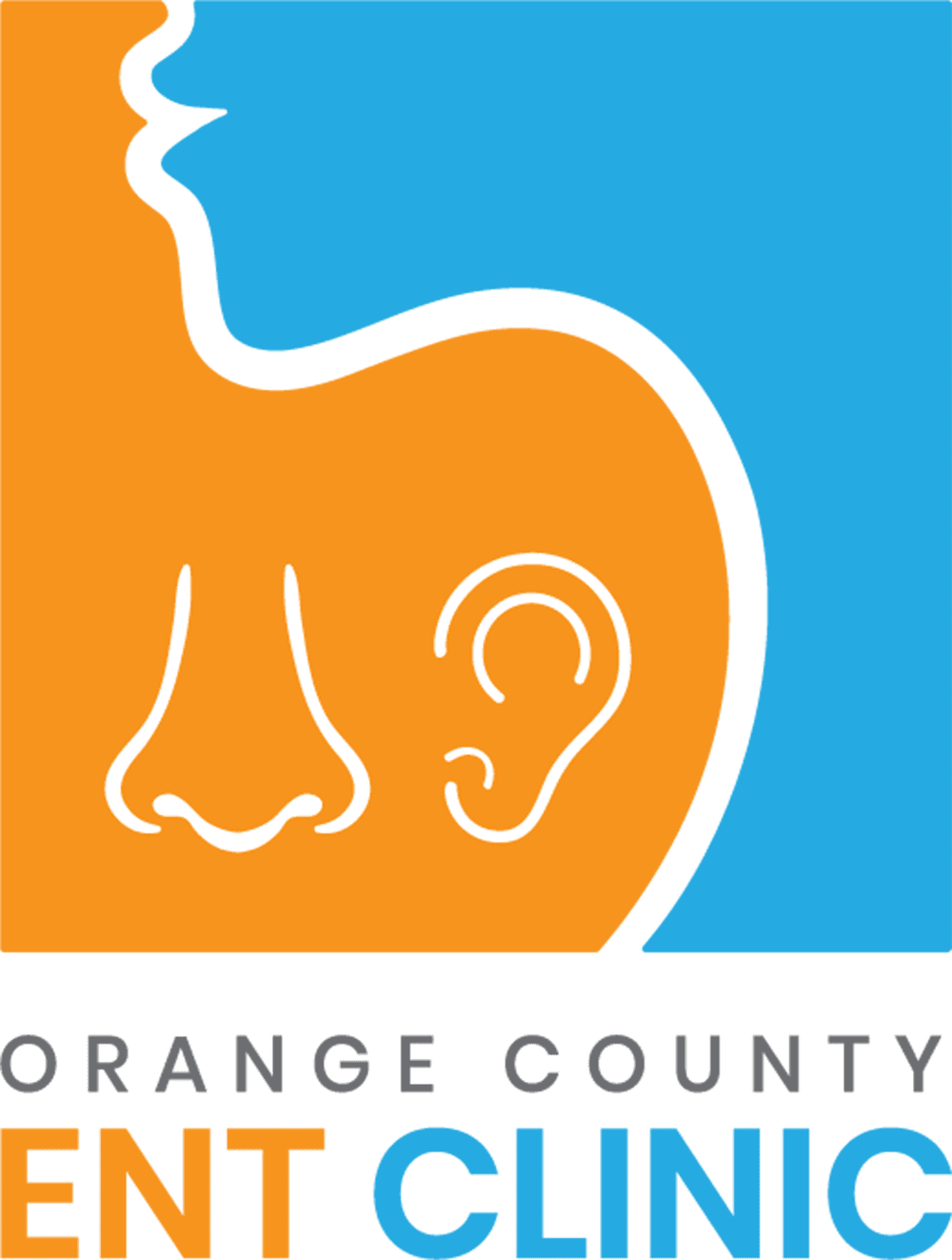
Lined with soft, pink tissue, sinuses are hollow cavities located within your skull that are connected together through a series of passageways.
About an inch across, the maxillary sinuses in the cheekbones are the largest sinus cavities. The frontal sinuses can be found in the lower part of your forehead. Behind your eyes is where you’ll find the ethmoid sinuses, and the sphenoid sinuses are the ones located just behind your nose.
If one or more of these passageways is affected, you may be referred to a specialist for further evaluation.
Why Do We Have Sinuses?
It’s not fully known why humans have sinuses. A common theory is that they act as sort of a natural humidifier. They may also help enhance your voice. Healthy sinuses are hollow except for a thin layer of protective mucus that’s there to keep tissues moist and reduce impurities in nasal airways.
How Do Sinuses Work?
Sinuses primarily serve as passageways for air. Most of the sinuses also drain into the nose via a drainage pathway known as the middle meatus. This drainage is what helps keep the sinus cavities clear.


What Are Common Sinus Conditions?
Viruses, bacteria, or fungi can invade sinus cavities and cause an infection. If this happens on a regular basis, you may have what’s termed chronic sinusitis. The resulting nasal congestion may contribute to distracting sinus headaches from the pressure in your sinus cavities. Your sinuses may be affected as well if the material that divides your nose is off-center (deviated septum). Sinuses may also be affected by:
- Hay fever (allergic rhinitis)
- Non-cancerous growths (nasal polyps)
- Enlarged ridges within the nasal septum (turbinate hypertophy)
How Are Sinus Problems Diagnosed?
If you have suspected sinus-related issues, you’ll likely undergo a physical examination. A special lighted viewer may be used to view small structures called turbinates that clean and humidify air that passes through the nostrils. The nasal passages and sinuses may also be visually inspected with a nasal endoscopy, which involves the use of a lighted, flexible scope with an attached camera. Sinus testing may also involve collecting and testing sinus cultures, performing a CT scan to view soft tissues within the sinus cavities, and doing a skin test to determine if allergies are a potential contributing factor.
How Are They Treated?
Bacterial sinus infections are usually treated with antibiotics. Decongestants may help ease sinus congestion. If dried mucus is blocking nostrils, salt water (saline) nasal spray may help moisten them. Nasal washes can serve the same purpose. Hay fever symptoms aggravating allergies may be managed with antihistamines. Sinus treatments might also include:
- Steroid medication to reduce inflammation
- Recommendations to use a humidifier
- Surgery to remove blockages or correct defects
Avoiding exposure to airborne irritants like second-hand cigarette smoke and car exhaust as much as possible is the one of the steps you can take to keep your sinuses healthy. If you have allergies, knowing your triggers and making an effort to keep symptoms in check can also minimize sinus-related problems. It’s just as important to check in with your doctor or a specialist if you have recurring sinus infections or blockages not responding to self-care efforts.
